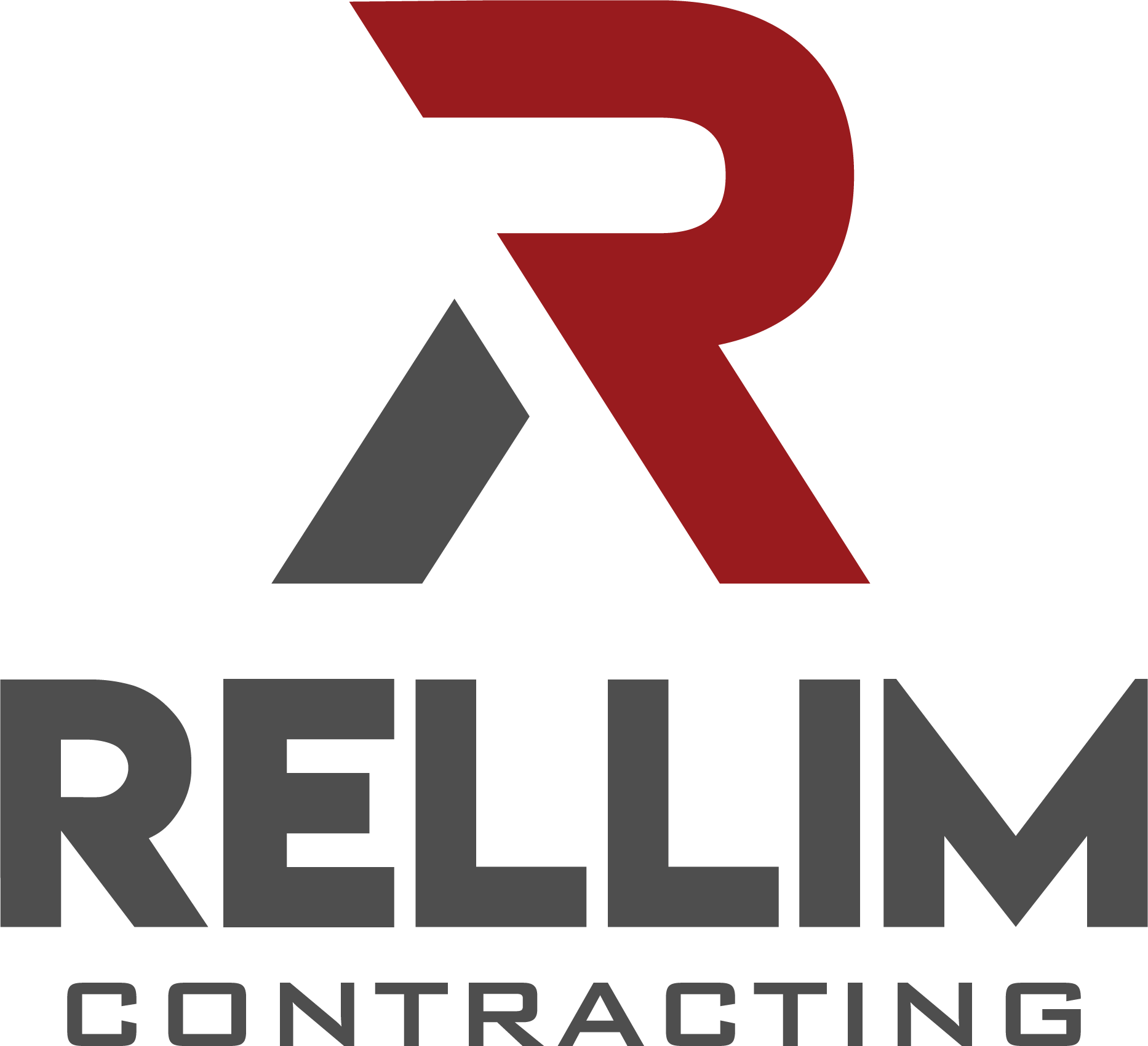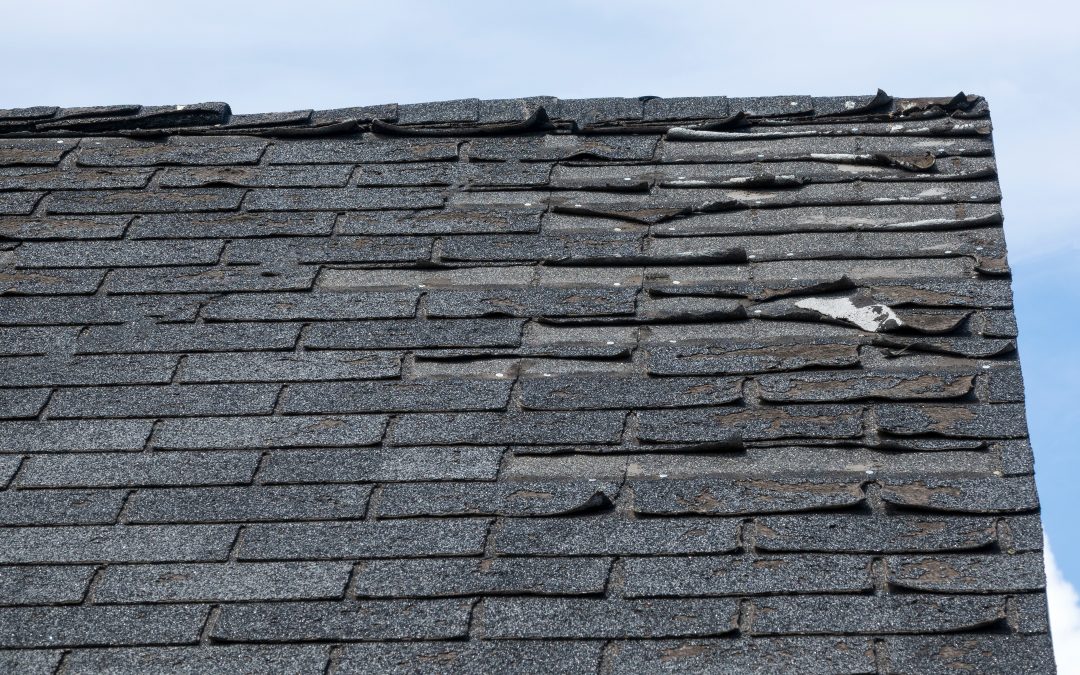In the realm of homeownership, few elements are as crucial and yet as often overlooked as the roof. It’s that sturdy shield that protects us from the elements, shielding us from rain, snow, harsh sunlight, and everything in between. However, despite its vital role, many homeowners tend to neglect their roofs until an issue arises. One of the fundamental questions that often arise is: “What is the average lifespan of a roof?” Let’s embark on a journey to uncover the mysteries surrounding this essential aspect of your home.
When it comes to determining the lifespan of your roof, several factors come into play. These can range from the type of roofing material used, the quality of installation, climate conditions, maintenance practices, and even the level of care the roof receives over the years. Each of these variables contributes to the overall durability and longevity of your roof.
Understanding Roofing Materials:
Roofs come in various materials, each with its own set of characteristics and lifespan expectancy. Here are some common roofing materials and their average lifespans:
- Asphalt Shingles: These are the most common roofing material in North America, known for their affordability and ease of installation. However, they typically have a lifespan of around 15 to 30 years, depending on factors such as climate and maintenance.
- Metal Roofing: Metal roofs are gaining popularity due to their durability and energy efficiency. Depending on the type of metal used, they can last anywhere from 40 to 70 years or more.
- Wood Shingles/Shakes: Wood shingles exude natural beauty and charm but require regular maintenance to prevent rot and decay. With proper care, they can last around 20 to 40 years.
- Slate and Tile Roofing: Slate and tile roofs are renowned for their longevity and timeless appeal. These materials can last a century or more, making them a long-term investment for homeowners.
- Rubber Roofing: Rubber roofing, typically made from EPDM (ethylene propylene diene terpolymer), is durable and resistant to weathering. It can last around 30 to 50 years with proper maintenance.
Factors Influencing Lifespan:
While the material plays a significant role, several other factors can influence the lifespan of your roof:
- Installation Quality: A properly installed roof is more likely to withstand the test of time. Hiring a reputable roofing contractor who adheres to industry standards is crucial for ensuring the longevity of your roof.
- Climate Conditions: Extreme weather conditions, such as high winds, heavy rain, snow, and fluctuating temperatures, can accelerate roof wear and tear. Homes located in areas prone to severe weather may require more frequent inspections and maintenance.
- Maintenance Practices: Regular maintenance, including inspections, cleaning gutters, and repairing minor issues promptly, can extend the lifespan of your roof significantly. Neglecting maintenance can lead to premature deterioration and costly repairs.
- Ventilation and Insulation: Proper attic ventilation and insulation play a vital role in preserving the integrity of your roof. Poor ventilation can trap excess heat and moisture, leading to roof damage and premature aging.
- Overhanging Trees: Branches rubbing against the roof can cause abrasion and damage to roofing materials. Keeping trees trimmed and away from the roof can help prevent unnecessary wear and tear.
Signs of Roof Aging:
Even with proper maintenance, roofs will eventually show signs of aging. Some common indicators that your roof may need attention include:
- Missing or Damaged Shingles: Missing, cracked, or curling shingles are signs of wear and may indicate the need for repairs or replacement.
- Leaks or Water Stains: Water stains on interior walls or ceilings are red flags for roof leaks. Addressing leaks promptly can prevent further damage to your home’s interior.
- Sagging or Drooping Areas: Sagging or drooping sections of the roof may indicate structural issues or water damage and should be inspected by a professional roofer.
- Granule Loss: Excessive granule loss from asphalt shingles can compromise their integrity and waterproofing capabilities.
- Increased Energy Bills: A poorly insulated or damaged roof can result in higher energy bills as your HVAC system works harder to maintain indoor comfort.
In conclusion, the average lifespan of a roof varies depending on several factors, including the type of material used, installation quality, climate conditions, and maintenance practices. While some roofing materials offer greater longevity than others, proper care and attention are essential for maximizing the lifespan of any roof. Regular inspections, timely repairs, and proactive maintenance can help preserve your roof’s integrity and protect your home for years to come. Remember, investing in your roof today can save you from costly repairs tomorrow, making it a wise decision for any homeowner.

